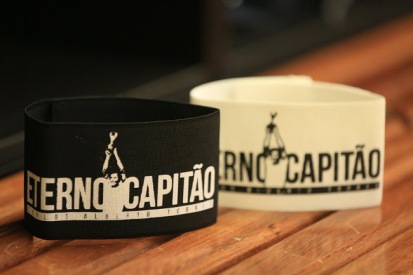While he has had an up-and-down relationship with squad numbers – quite literally – there’s no denying that Dani Alves knows how to pay tribute with what he wears on his back.
Switching from 2 to 22 at Barcelona was in honour of recently retired team-mate Eric Abidal while, apparently, the 23 he has at Juventus now is reflecting the choice of LeBron James.
He continued that pattern on Thursday night as Brazil beat Argentina 3-0 in their World Cup qualifier, the first game the country had played since the death of Carlos Alberto Torres, the captain of the 1970 World Cup-winning side.
While the rest of the Brazil players wore black armbands commemorating Carlos Alberto, as captain of the side Alves wore an inverse edition:

In addition, the right-back also switched from his usual number 2 to 4, which Carlos Alberto had worn in 1970. A look at the development of the Brazilian numbering system, written by Alexander Howells, can be read here.

Alves swapped with Gil, who had worn 4 in the previous qualifier against Venezuela, but the centre-back was an unused substitute for both games as Brazil (and Argentina) now availing of the option to use squad numbering for qualification games.
It’s also worth noting that Argentina now have a deviation from their traditional style too, as Lucas Biglia, who would be regarded as a classic ‘5’ in his native country, prefers to wear 6, the number his position would correspond to in mainland Europe.

